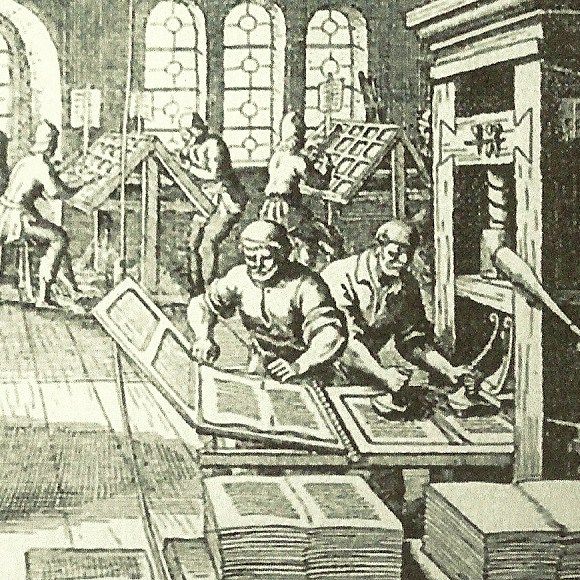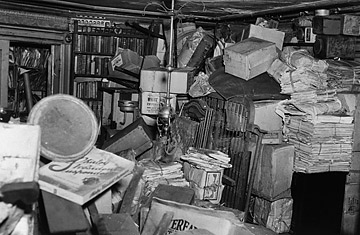It’s been a while and I’ve gone through a lot in the writing and publishing world lately. I’ve been thinking about new strategies, doing a lot of re-editing, and working on the Memoirs. This has led to a long silence on the blog, for which I apologise.
But I was moved to write today by yet another story about a writer who wanted to be published and parted with a lot of money thinking it was to a “real” publisher, only to discover that although her book – an illustrated children’s book – was lovely, no bookstores would stock it.
Ever since I launched myself into this world I have become aware of the many people who want to be writers and are determined to do it. Social media has made it so much easier to get in touch with these people and get to know them online. So many are looking for support and advice, but almost everything they can learn about the process leads them to part with their money. Advice to self-publishers is everywhere but so much of it is motivated by someone offering a service. It is obvious that a huge market exists and a lot of writers have discovered that there’s more money to be made by “helping” others publish their books than by publishing their own.
IF YOU ALREADY KNOW ALL ABOUT THIS STUFF, DON’T BOTHER READING ON. But if you are pretty confused about what is involved in getting your book out into the world, you might find a bit of clarity here. It is based in part on my own experience, as well as looking into the minefield of services on offer to would-be authors which are getting more difficult to understand by the day.

You can get your book published entirely by yourself, if you have the skills. You start with a manuscript you have written. It will have to be written on a computer in a recognised program such as Word which is the standard. If you are still writing by hand on a yellow note-pad, you’ll have to pay to have it typed up.
What you need at the end of the day is a set of files in multiple formats. In theory you can do all of this yourself and it will cost you nothing, or almost nothing (some distributors such as Ingram Spark require a payment for each book being uploaded to your account). The files have to be laid out in particular ways and conform to certain requirements. If you only want ebooks they can be loaded one by one to different distributors or you can use an aggregator service. Your ebook can become a print book using Amazon’s Create Space or another print on demand service. Once the files are ready and in an acceptable form, you have a book all ready to go, it has cost you nothing to produce, you load your files onto the sales site and sit back and wait for someone to buy it online through Amazon, Kobo, I-Books or some other site.
You may have ordered some print copies for your friends and family and be happy to hold your real printed book in your hands. Does it look as good as the book you paid $30 for at the bookshop? Probably not. The paper will be thinner, the interior layout may be boring or clunky, and looking at the cover it doesn’t look quite how you expected. But still, it does look like a book and you know it’s great. But it won’t get into the bookshop, it won’t be reviewed in the paper, and nobody will get to hear about it unless you yourself undertake a crash course in Internet marketing because that is the only way it will actually exist for your readers.
Some people think that bookshops won’t take books printed by POD technologies. Print on Demand (POD) means a copy is made only when it is ordered. This is a huge advantage since there is no need to print multiple copies in advance, to store and ship them. Traditional publishers may use POD technologies for books which do go into bookshops, and it is not use of that technology which makes it unacceptable to bookshops.

It is the fact that the book has not entered the circulatory system of traditional publishing which was designed a hundred years ago and has hardly changed since. This requires a manuscript to pass through multiple selection channels. Most publishers won’t take a book unless it has been referred to them by an agent. Even where they will accept a submission, it will be read by someone very low down the totem pole. Some say that 90% of manuscripts are rejected by the end of the first page, and 98% by the end of the first chapter. There is a network of connections which create mutually agreed standards or expectations for what kind of book is worth publishing, when and by whom.
Self-publishing has been seen as a way to get around the archaic and outdated structures which still prevail. But it’s damned hard to do on your own. Not surprisingly many authors seek help to get their manuscript into an acceptable form. There are all kind of services to help you. They may offer to edit, to create your book cover, get all the files into the correct formats and then they may actually upload the files for you. You can engage and pay a different professional to help with any of these tasks, or you can find a single company who outsources the work or does it in-house. Most of them offer several options, or packages, which get more expensive as they include more items. It’s easy to see why many choose to go with the company which offers a comprehensive service even if it costs them up to several thousands of dollars.
But when you do it this way, you are still a self-publisher.
Hang on! That’s not what you had in mind. You want a publisher! Here is where the real danger lies. There are an increasing number of organisations which call themselves publishers and will accept your manuscript for publication. They have a name, Suchansuch Publishers or Ifonly Books. They will produce print and often ebook versions as well. They advertise on the web, you will find them whenever you Google “Publishers”. Wow, you think, I have a publisher. The catch is, they will ask you for money. A lot of money. They may produce a near-perfect book, far better than the book you can produce on Create Space or through Ingram Spark. They may even offer to market your book for extra money. But still your book will not appear in the bookshops.
Because you paid for it. The entire structure of book publishing prevents these kinds of books from entering into commercial circulation. The publisher has to pay you – usually what’s known as an advance, which used to commonly be between $5000 and $10000 (if you are lucky). You don’t get any royalties back until that full cost has been recovered by the publisher. If a publisher offers to publish you for money they are by definition not a “real” publisher and you won’t ever get your money back. Most people who publish this way finish up with a garage full of printed books which they cannot sell.

The rise of self-publishing has meant that anybody who wants to publish a book can do so. But that does not mean that anybody can be a recognised author whose books will be found in a bookshop. The many inexperienced writers who don’t realise this are easy prey for those who can convince them otherwise. Almost all the books by self-published authors are sold on Amazon, mostly for $2.99 or less. Some cover their costs and make some profit but many don’t. Becoming a best-selling author on Amazon has become ever more difficult. There are two or more million titles now and each year thousands more are added.
A recent phenomenon is the way traditional publishers issue expensive ebook versions of their conventionally published books through Amazon Kindle and others. At one time, the Kindle versions only turned up a year or more after the print books came out. Now the are issued more or less at the same time, but the publishers set a very high price, way above anything normally found on Kindle. This happened after a bitter court case brought by international giant Hachette against Amazon. The authors of the books don’t make any more out of it than they do from the print book – say, 10% in royalty payments – and the publishers keep the rest. So a two-tier structure is emerging in the e-book market where self-published ebooks are super cheap, or even free, while Kindle versions of recognised publishers’ print books are available at grossly inflated prices, often around the same price as a paperback. Meanwhile buyers who go to bookshops or order through companies like Booktopia are purchasing conventionally published print books since the ebook version won’t be much of a saving. This reinforces the power of traditional publishers and makes self-published writers very much second (or third? or fourth?) class citizens.
Without extensive marketing using all the bells and whistles of the Internet (Facebook groups, Good Reads, BookBub, paid review sites, email groups, increasingly Twitter and Instagram) very few self-published authors make it. There are spectacular exceptions which I will write about in another post. But the thousands of would-be authors who don’t know better, especially older people who don’t have much idea of how the new digital landscape works, are easy marks for those who offer the hope of authorship, especially the dream of “real” publishing.
So no matter how much you want to be an author, don’t part with any money until you fully understand what is being offered. Just because someone says they are a publisher and can send you good quality printed copies of your masterwork does not mean you are on an even footing with those who have benefited from the system of preferment and patronage so common in the publishing world today. You still won’t get into the bookshops, or be distributed to libraries, or reviewed in the newspaper, or invited to speak at a Writer’s Festival. If you want to get your work into circulation somehow, anyhow, you’ll do best to DIY or find someone you can absolutely trust to do the technical stuff for you.
Pingback: Thank You to the Bloggers! – The Cat's Write
Reblogged this on Forever Aspiring Writer and commented:
Today I wanted to share this thought-provoking blog post for those who are considering self-publishing. It’s good to know!
LikeLike
Thanks Sarah and thanks to all who have read the piece. Will be posting more soon on more recent publishing issues – still waiting to understand what the new Amazon policy will mean for Australian writers. (Australian customers will not be able to order anything including books from Amazon US site. Will Createspace print books be available from the Australian site? Will authors be able to order multiple copies of their newly published print books? Stay tuned…)
LikeLiked by 1 person
No problem! Sure, I look forward to it. 😊
LikeLike